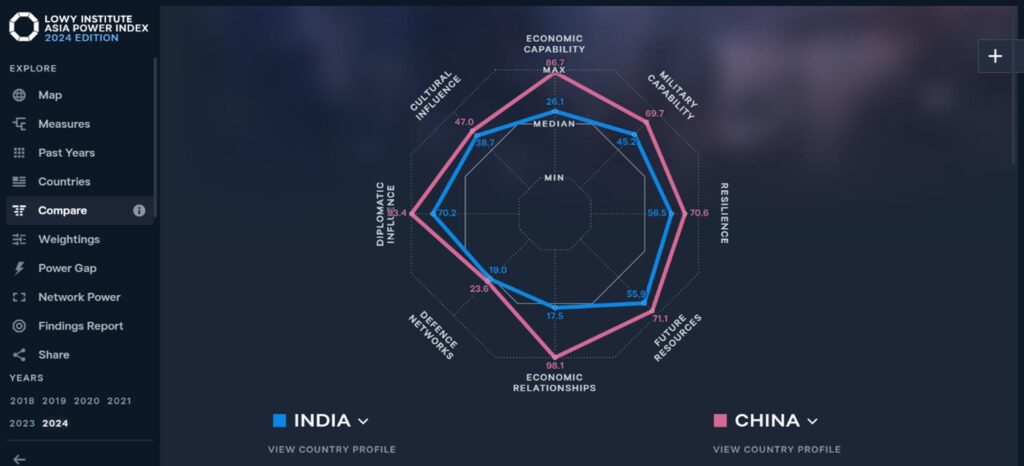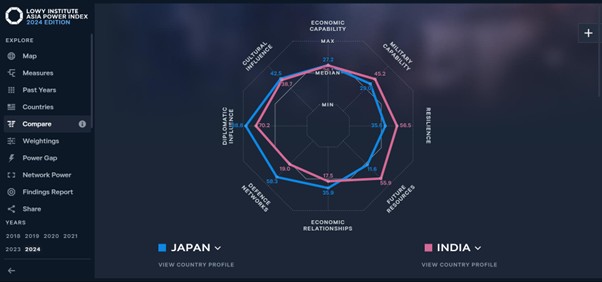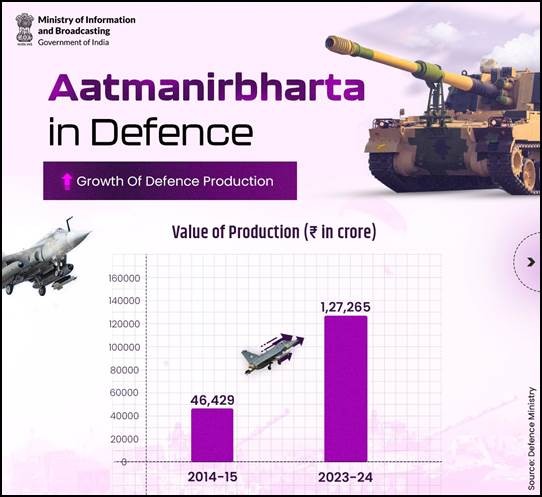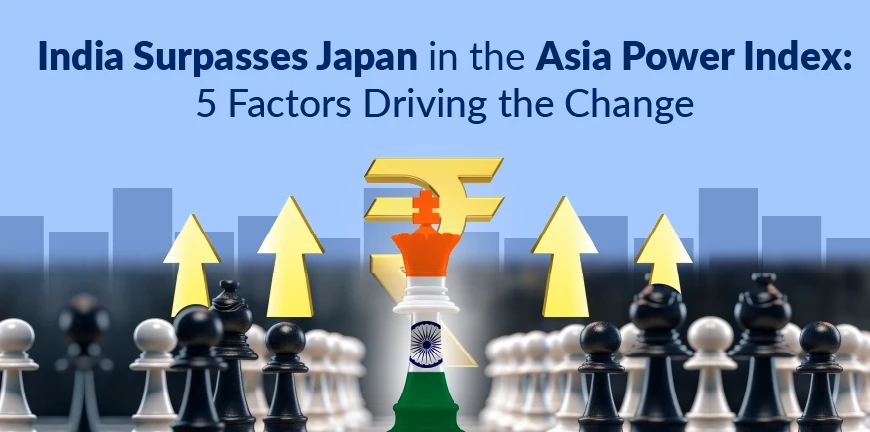
7 BPO Recruitment Strategies for Hiring the Best Talent in 2025
02/01/2025
What Is Offshore Recruitment and How Does It Work?
03/01/2025India was once the economic powerhouse of the world and had the largest share of the world’s GDP between 25 and 40% for as long as 1700 years! Beginning in 1 CE all the way until the start of British colonization, we held such sway over the world! But with the spread of false propaganda (the white man’s burden), divide and rule, breaking and re-forming of alliances and treaties, looting and pillaging, India’s GDP at the time of Independence was reduced to a mere 2% by 1947.
What’s the World Like Today?
Today, in 2025, India’s share of the global GDP has picked up over the years, now standing at 8.23% of the world. In contrast, UK’s share of global GDP is only 2.2%. China, another survivor of imperialism, has picked up more pace since Independence, now having a share of 19% of the world’s GDP. In contrast, Japan’s share of the global GDP is only 3.38%.
Asia Power Index: What It’s All About
Yet, though it is true that money makes the world go round, economic standing is not the only thing that counts as power. The Lowy Institute has coined the Asia Power Index which gives the world an idea of the countries that wield the most power in Asia. USA is the most powerful country when one considers influence and power in Asia, with China close behind. India is third, with Japan in 4th Place. But What exactly is the Asia Power Index? Is there a more formal definition for it?
The Asia Power Index ranks the relative power of 27 of the most important countries and territories in Asia based on resources and influence. The Index presents the existing state of power in Asia and the shift in power with time. There are eight thematic measures defined by the institute, with 131 key indicators across these measures.
The eight measures are economic capability, military capability, resilience, future resources, economic relationships, defense networks, diplomatic influence and cultural influence. More than half of the key indicators for power and influence are defined by the Lowy Institute, with others being sourced from trusted providers of data. Before we look at how India is faring with respect to Japan, let us first look at how India has done with respect to China.

[Source: Lowy Institute]
Clearly, India’s greatest strength against China is the growth and robustness of its defense networks. India’s cultural influence is also very commendable. Everywhere else, China has still got a clear lead over India.

[Source: Lowy Institute]
In a comparison of India vs Japan, things are a lot closer, with Japan having a lot stronger defense network than India but India far ahead in terms of military capability, resilience, and availability and usefulness of future resources.
And India recently overtook Japan in the Asia Power Index in 2024 and we hope that India’s position improves further in the next year. What are the factors that may have led to this change? Let us look at them now in more detail.
5 Factors for India’s Power Index Jump
1. Self-Reliance in Military Expansion
Atmanirbharata(self-reliance) in defense has led to the reduction of military imports, that of arms and ammunition and aircraft from other countries. Under the C-295 Military Aircraft program, India will be importing 16 Airbus aircrafts from Spain in cooperation with Tata Industries, while manufacturing 40 at home. This is very reassuring for the country. Recent missile tests and other advancements in tank manufacturing have all contributed to India’s increased military capability.

[Source: Ministry of Defence]
2. High Jump in Future Resources
The future resources measure has also seen a significant growth when one considers India. This is primarily because of three main reasons, the growth in its military, the resurgence in the economy post covid and the presence of many youths, educated and capable of work in the country, which is expected to drive the economy even further. If we manage to make it higher in the Asia Power Index, India will be proof that people are the real strength of a country.
3. Spread of Diplomatic Influence
India’s participation across organization like BRICS, G-20 and Quad enhances not only its visibility but its unique influence. India still follows, with some deviations, its policies of non-alignment and is a beacon of hope and peace for the world. In the face of criticism, India has been quick to respond in a shrewd and diplomatic manner, which has won it praise from both the Eastern and the Western hemispheres of the world, across people, races, cultures and beliefs.
4. Spread of Cultural Influence
The Government of India in recent years has taken efforts to bring India’s rich cultural heritage, and all its elements, into the worldview. Vasudeva Kutumbam and India’s stance on one world of love has won hearts all over. The rise of yoga and meditation techniques is also significant. With the celebration of The International Day of Yoga, these practices are finding practitioners and glowing recommendations from people who have bettered their health as a result. India is still behind Japan in terms of cultural influence but is catching up.
5. Strong Leadership
Finally, and perhaps the most important point of them all. The strong leadership of Narendra Modi and India’s unwavering stance on humanitarian issues and support for human causes has led to the growth of India’s political influence as well. India is seen as a benevolent and generous nation, every ready to help, as seen clearly in the case of Sri Lanka, but also a nation quick to call out injustice, as seen in the case of Bangladesh.
Closing Words
In a world of rights and wrongs, remedies and torts, India is poised to find its way. An ancient power and a modern country, we have the talent, focus and the hunger to become a superpower. We have the strength and the resources to achieve glory. With time, we can only hope that the right people come forward to guide us there. 2025 might be another golden year, but perseverance must not take a backseat.
Contact Us For Business Enquiry

Rajkumar Shanmugam
Rajkumar Shanmugam is the Head of HR at ALP Consulting, bringing over 19 years of comprehensive HR leadership experience across India and international markets. His expertise spans talent acquisition, employee relations, performance management, compliance, and HR transformation. Rajkumar has a proven track record of driving people-centric initiatives, enhancing workplace culture, and aligning HR strategy with business goals. With extensive experience in US staffing operations and global mobility, he continues to lead organizational excellence through innovation and employee engagement.




